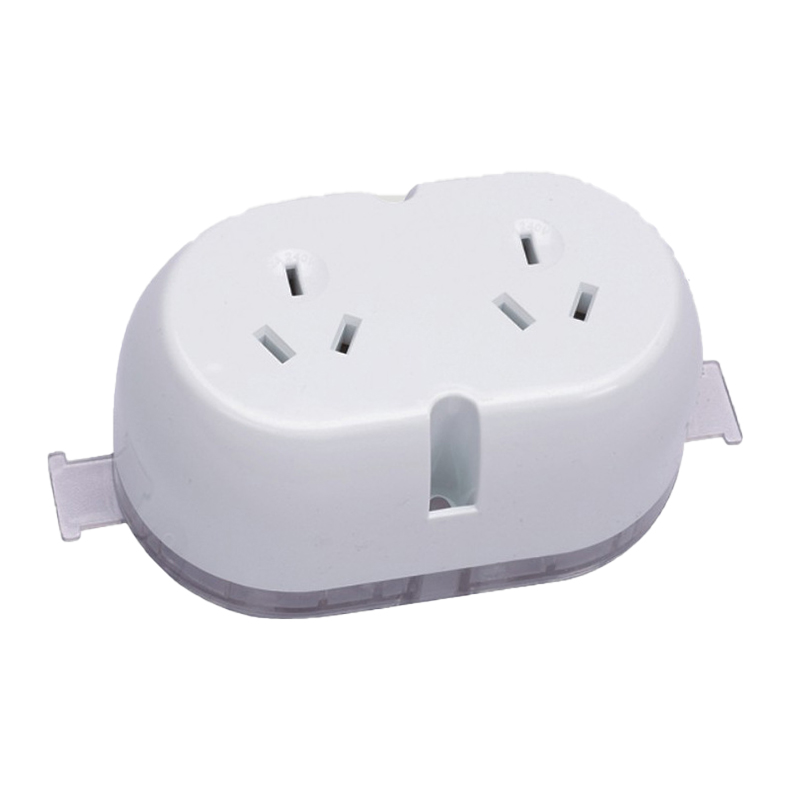Power plug energy efficiency standards play a crucial role in energy conservation and emission reduction. These standards are designed to assess the energy conversion efficiency of power plugs, which is the ratio between the electrical energy output and the input. A higher efficiency means that more electrical energy is used for actual work, resulting in less energy waste and heat generation.
Firstly, energy conservation is directly linked to the efficiency of power plugs. When power plugs meet higher energy efficiency standards, they convert a greater proportion of the input energy into useful output. This reduces the amount of energy lost during the conversion process, leading to overall energy savings. Over time, the cumulative effect of using efficient power plugs can result in significant reductions in energy consumption.
Secondly, emission reduction is also indirectly influenced by power plug energy efficiency standards. Lower energy consumption means less reliance on fossil fuels for electricity generation, which in turn reduces greenhouse gas emissions associated with combustion. Additionally, efficient power plugs generate less heat, reducing the need for cooling systems that might otherwise contribute to carbon emissions.
Moreover, the implementation of energy efficiency standards encourages manufacturers to innovate and develop more efficient products. This not only benefits consumers by providing them with more energy-efficient options but also drives the industry towards more sustainable practices. As the market for efficient power plugs grows, it can create a virtuous cycle where increased demand drives further improvements in technology and efficiency.
In summary, power plug energy efficiency standards have a significant impact on energy conservation and emission reduction. By promoting the use of more efficient power plugs, these standards contribute to reducing energy waste, decreasing greenhouse gas emissions, and driving sustainable development in the power and electronics industries.
 Abroad:[email protected]
Domestic:[email protected]
Abroad:[email protected]
Domestic:[email protected]
 Abroad: +86-18157471290
Domestic: +86-18157471293
Abroad: +86-18157471290
Domestic: +86-18157471293
- Home
- Products
- Industrial connectors
- Waterproof housings
- Power distribution box sets
- ABS electrical accessories
- Cables
- Moulds
- Power Distribution Board/Box
- Extension Lead with Plug
- AS/NZS Waterproof Electrical Products
- C Series IEC/CEE Waterproof Electrical Products
- B Series IEC/CEE Waterproof Electrical Products
- Waterproof Window Cover
- Waterproof Plastic/Metal/Aluminum Box
- House Use Electrical Items
- About Us
- FAQ
- News
- Contact Us

